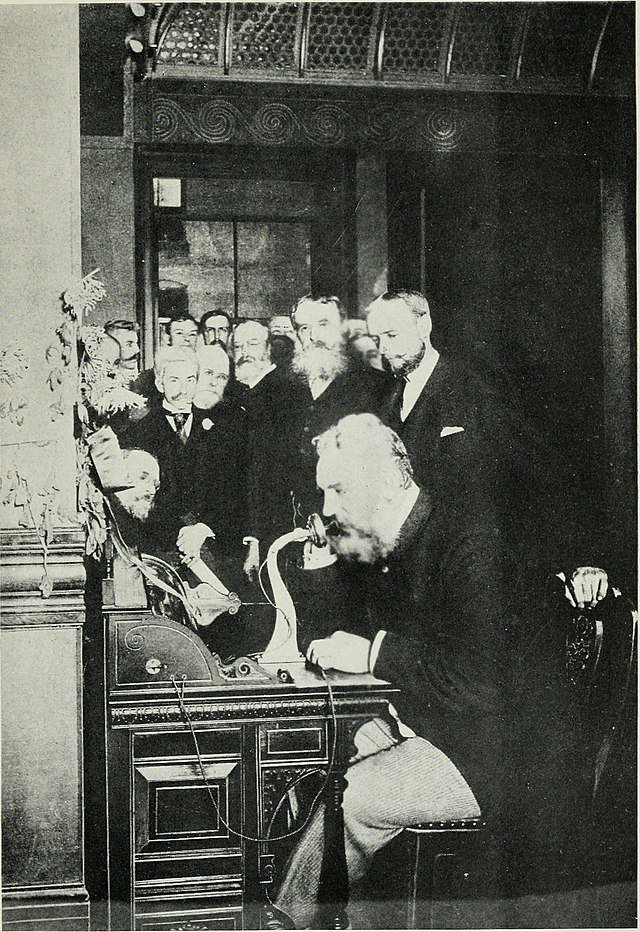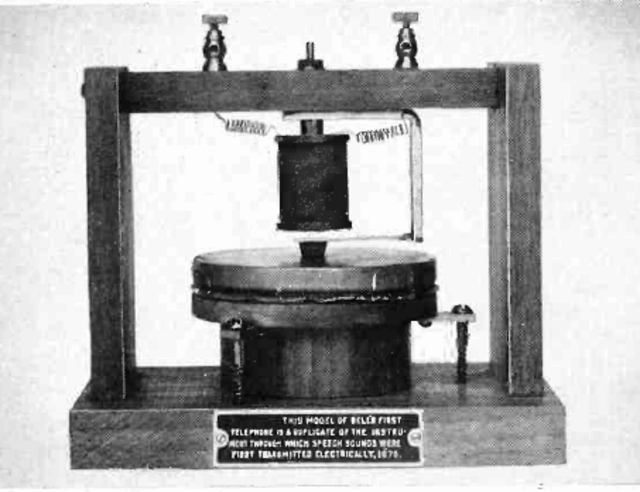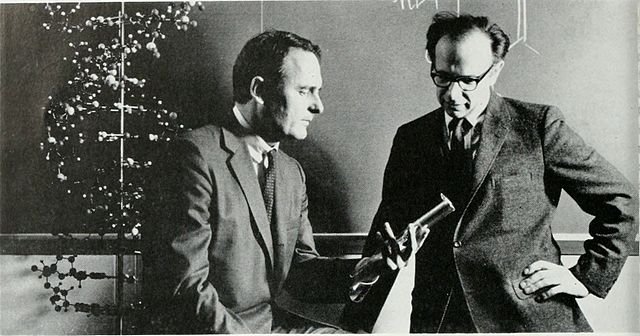From Shouting to Streaming: How Bell’s Beard Gave Us the Telephone
Ever wondered how we went from shouting across the street to making crystal-clear video calls? Well, it all started with a man named Alexander Graham Bell and a phrase that’s gone down in history: "Mr. Watson, come here, I want to see you." Let's dive into the story of how the telephone was born, and maybe have a chuckle along the way.
Early Experiments and Challenges
Picture this: it’s the 1870s, and Alexander Graham Bell, a Scottish-born inventor with an epic beard, is tinkering away in his lab. He’s not alone—his trusty sidekick, Thomas Watson, is right there with him. Now, Bell wasn’t initially trying to create the telephone. He was trying to improve the telegraph, which was basically the texting of the 19th century (minus the emojis, of course).
Bell and Watson spent countless hours experimenting, probably causing a few minor explosions and electric shocks along the way. But hey, who said inventing was easy? They tried different designs, materials, and electrical currents, hoping to find that magical combination that would allow them to send voices through wires.

Bell and Watson hard at work, probably discussing lunch plans (Image Credit: Wikimedia Commons)
The First Successful Telephone Call
Fast forward to March 10, 1876. Bell and Watson are in separate rooms, fiddling with their latest invention. Suddenly, Bell speaks into the device, "Mr. Watson, come here, I want to see you." And guess what? Watson hears him loud and clear! This momentous event marks the first successful telephone call. Cue the confetti and celebratory high-fives!
Bell’s contraption worked by converting sound waves into electrical signals using a liquid transmitter. It wasn’t the most high-tech gadget by today’s standards, but it did the trick. Bell and Watson probably danced a little jig of joy right there in the lab.
( )
)

Behold, the world’s first telephone—no apps, just pure magic (Image Credit: Wikimedia Commons)
Initial Public and Industrial Reception
When Bell introduced his telephone, people were intrigued but skeptical. "Why would we need this when we have the trusty telegraph?" they wondered. Bell faced his fair share of naysayers, but he persevered. He showcased his invention at the Centennial Exposition in Philadelphia in 1876, where it wowed the crowds and silenced the critics. Take that, doubters!
The buzz around the telephone grew, leading to the creation of the Bell Telephone Company in 1877. It wasn’t long before people were lining up to get their hands on this newfangled device. Imagine the excitement of the first phone owners—they were the 19th-century equivalent of folks camping out for the latest iPhone release.
( )
)
Bell wowing the crowd at the Centennial Exposition, probably saying, "Can you hear me now?" (Image Credit: Wikimedia Commons)
Impact and Legacy
The telephone wasn’t just a cool gadget; it revolutionized communication. Suddenly, people could talk to each other across towns, cities, and eventually, continents. Bell’s invention laid the groundwork for the modern telecommunications industry. Without him, we might still be using carrier pigeons or yelling from rooftops.
Bell’s legacy is enormous. His invention inspired future generations of tech wizards to keep pushing the boundaries. From rotary phones to smartphones, we owe a big thanks to Bell and Watson for their perseverance and a dash of crazy genius.
Conclusion
The birth of the telephone is a story of innovation, determination, and a touch of humor. Alexander Graham Bell and Thomas Watson’s invention didn’t just change the way we communicate; it changed the world. So next time you pick up your phone, take a moment to appreciate the epic journey from "Mr. Watson, come here" to "Can you hear me now?"
Who knew history could be so... ring-a-ding delightful?
Come back tomorrow for Part 2